How to Make a Victoria Sandwich Cake

There are many favorite foods that British expats miss from home, including sausage rolls, Cadbury’s chocolate, pork pies and crumpets, to name just a few. The thing is, you can buy most British food items in stores or online now. They are much more readily available these days than when I moved here 20 years ago. The other thing is, you can make a lot of them yourself with great results!


One classic favorite is the Victoria Sponge Cake. The Victoria sponge, also known as the Victoria sandwich or Victorian cake, was named after Queen Victoria who was known to enjoy a slice of the sponge cake with her afternoon tea. The sponge part evolved from the classic pound cake – equal quantities of butter, sugar, eggs and flour. The difference was the Victorian creation of baking powder, which was discovered by English food manufacturer Alfred Bird in 1843, which enabled the sponge to rise higher.
A typical Victoria sponge consists of raspberry jam and whipped double cream or vanilla buttercream. The jam and
 cream are sandwiched between two sponge cakes; the top of the cake is not iced or decorated apart from a dusting of icing sugar.
cream are sandwiched between two sponge cakes; the top of the cake is not iced or decorated apart from a dusting of icing sugar.
Whenever we post pictures of a Victoria Sponge people always love it and want the recipe. So I decided it would be a good idea to show how easy it is to make a Victoria Sponge cake.
In England when baking cakes most recipes call for self-raising flour. As I said, I have lived in the US for 20 years and instead of using self-rising flour available here (I thought it wasn’t the same) I always used all-purpose flour with baking powder with mixed results. So I decided to contact the wonderful people at King Arthur Flour. They were very responsive and sent me this response:
“All purpose flour (11.7% protein) is essentially the same as plain flour in terms of protein level; I do not have specific information on the milling properties of it. Other companies may have a lower protein level, but it varies by manufacturer. If a recipe calls for plain flour, that's what we recommend and use with good results. As for self rising flour, we actually make and sell it. It's 1 cup (4 ounces, 120g) of a lower protein flour (8.5% protein), 1 1/2 teaspoons of baking powder, and 1/4 teaspoon of salt. Again, this may differ by manufacturer.”

Laurie, who I communicated with at King Arthur, also wondered why self-rising flour is not used more here in baking also. Anyway, it turns out their self-rising flour works very well. I have made both scones and cakes with it and they have all risen well. Thank you King Arthur Flour!


You only need a few ingredients to make a Victoria Sponge. When I was learning to bake with my mum and gran they would just say, “It’s 6, 6, 6 and 3 eggs!” This means 6 ounces of flour, 6 ounces of sugar and 6 ounces of butter, plus the 3 eggs. Easy, right? These amounts can be adjusted for a bigger cake, but this is the classic recipe. (I recently tried making one using 7 eggs! It came out great). In our family we enjoy the cake sandwiched with raspberry jam and buttercream and topped with a sprinkle of confectioner’s/icing sugar. My mum used to “whip up” a cake almost every week and would make a variation adding an ounce of cocoa in place of an ounce of flour and make chocolate buttercream. Yum! My lovely gran baked until she was 90, but as she aged she would call them her “fetch me” cakes as my grandfather would have to fetch her all the ingredients for her to make the cake as she sat on the kitchen stool. They were still delicious.
Please watch the video below to see just how easy making a Victoria Sponge cake is. There are many recipes online for Victoria Sponge cakes, but here is a link to King Arthur Flour’s recipe as you can select ingredients in volume, ounces or grams – how handy! As you will see in the video, I use a scale to measure by grams. Enjoy.
https://www.kingarthurflour.com/recipes/victoria-s...



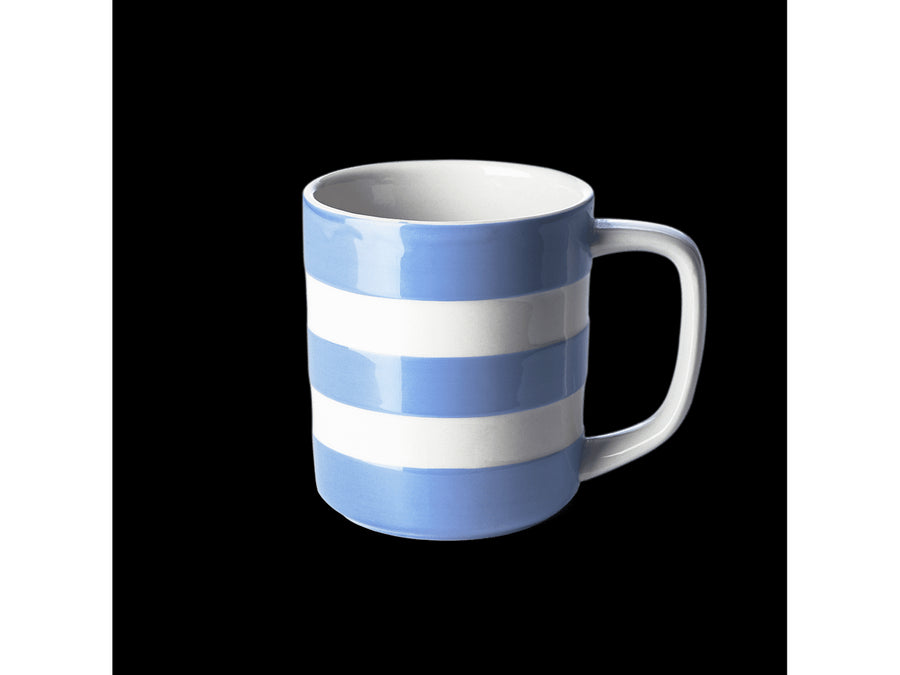
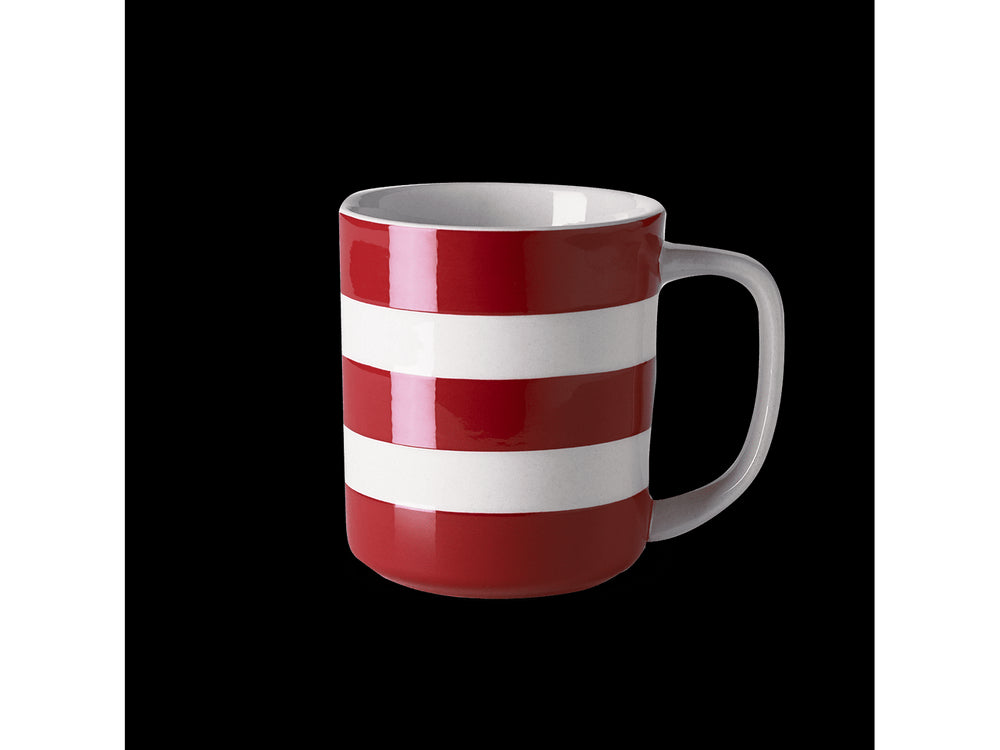
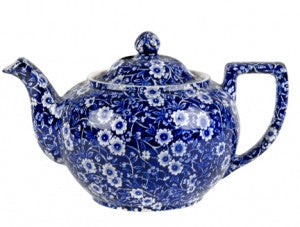

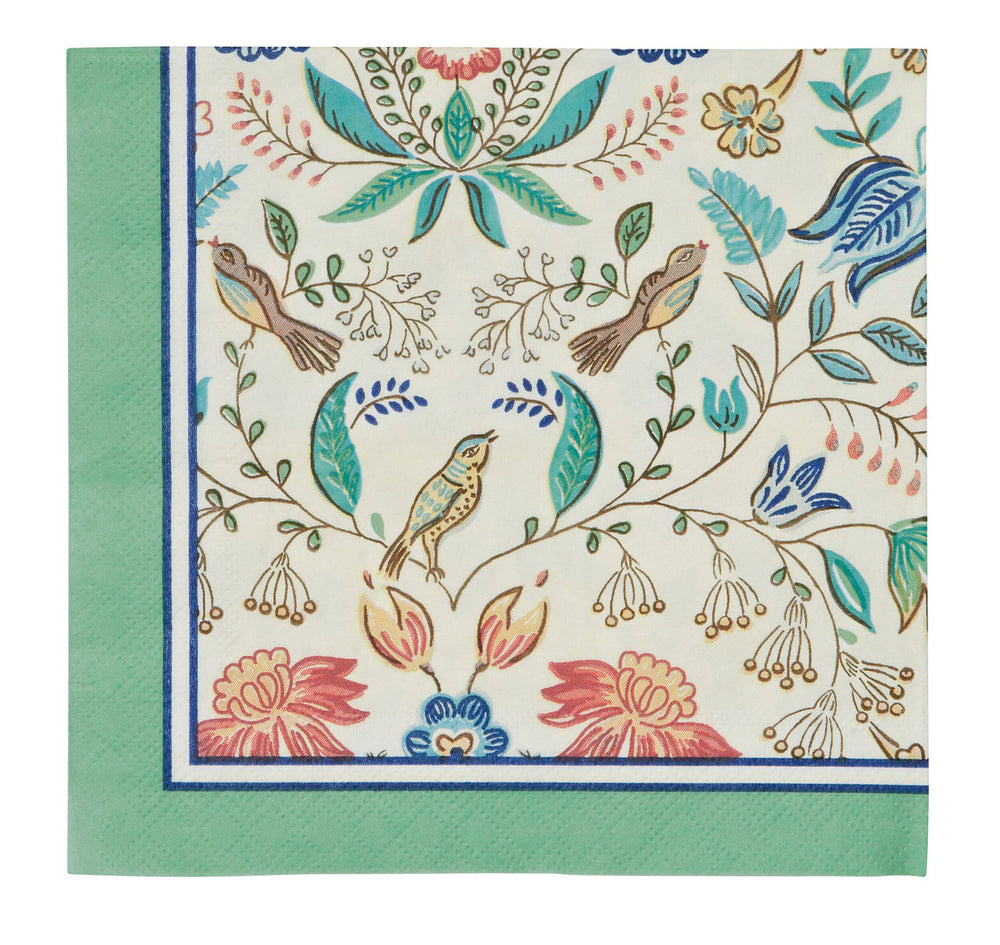



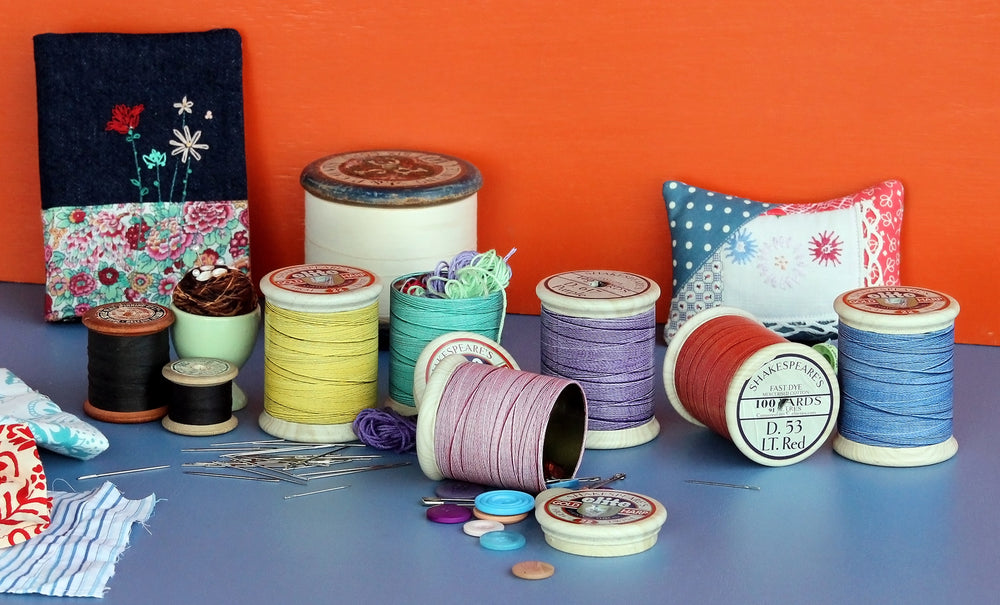
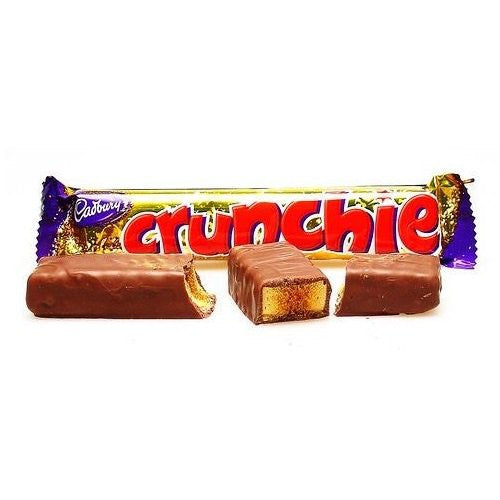
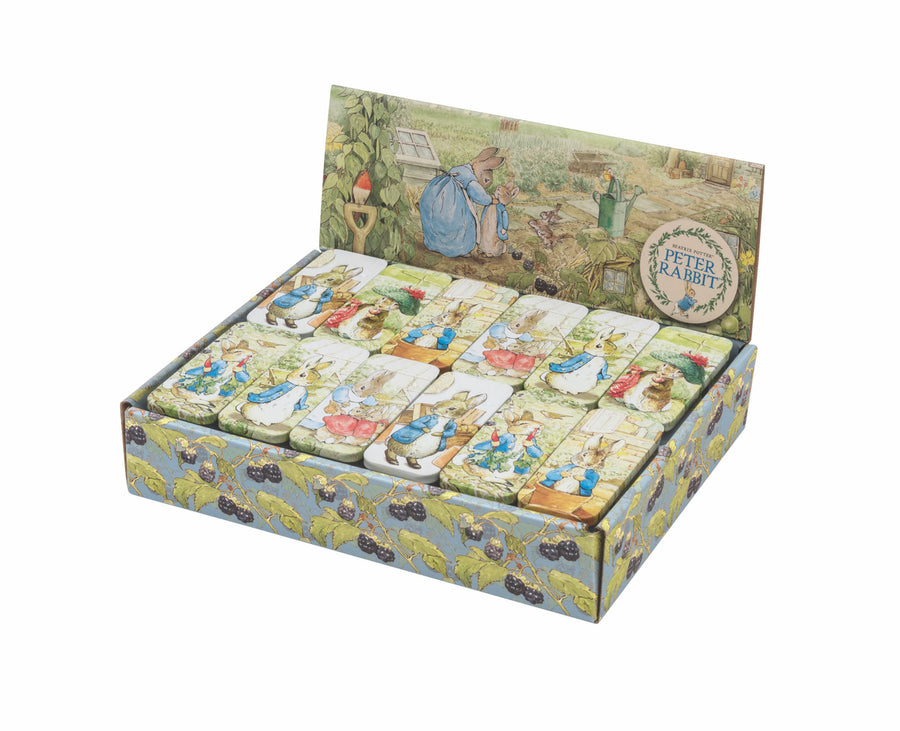

Leave a comment